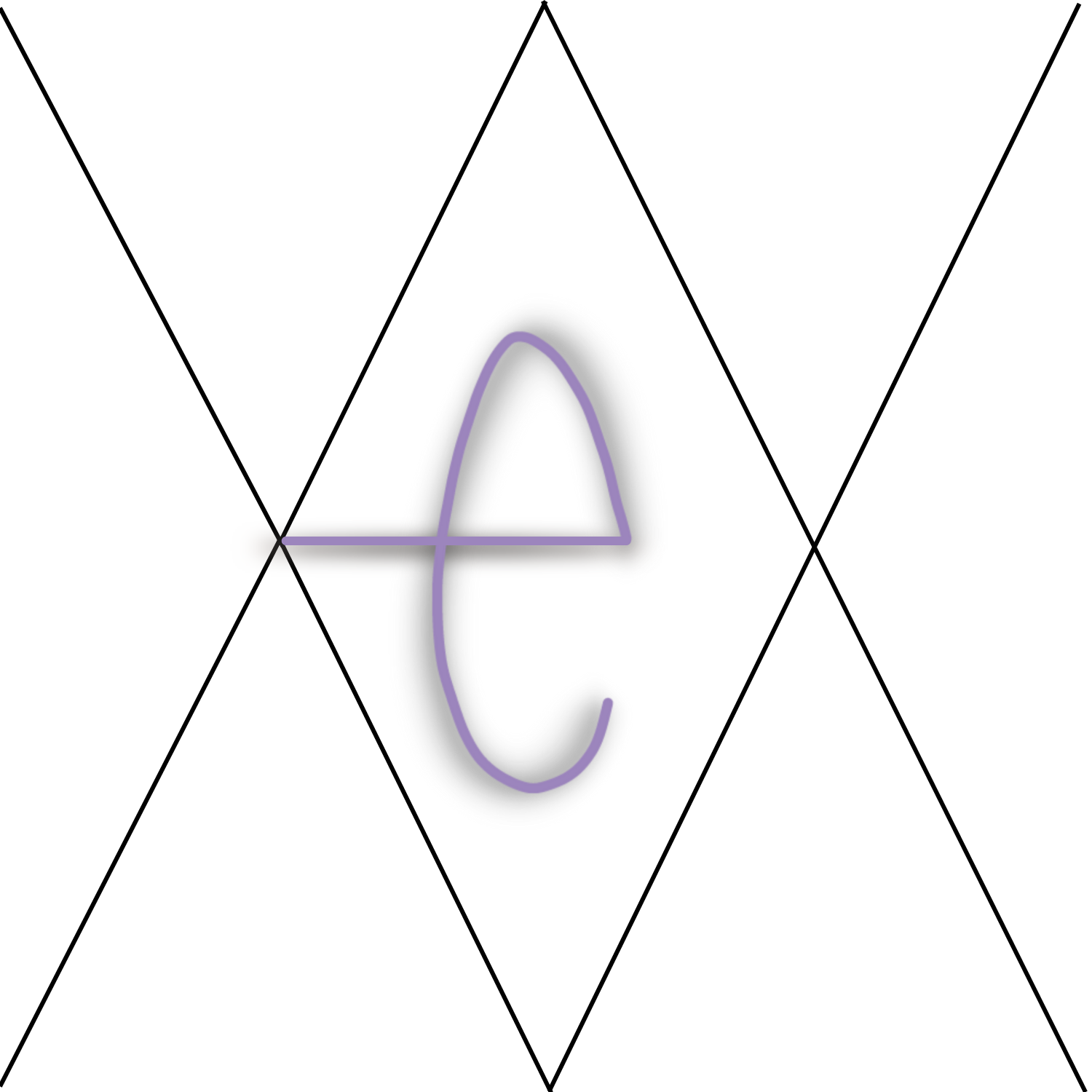What is bel canto, anyway?
If you are a long-time singer, especially in the classical world, you may have heard the term bel canto. It means “beautiful singing” in Italian. Sounds easy enough. We want to sing beautifully, so we are all going for or studying bel canto technique, right?
Wrong! It turns out that after opera got on its feet back in the 1600’s, singers and teachers of singing became very articulate in how they listened to singing. They worked hard to produce the sounds they wanted to hear on stage healthily, without a microphone! Keep in mind, the “church” gave the natural acoustics to make singing more well-heard until opera came into the picture. Since opera was not allowed in the church, it had to be performed elsewhere. Enter the grand opera house. How on earth will one voice be able to fill a big opera house over an orchestra, you ask!?
Essentially, a singer needs to BE their own microphone! This is the basic concept of a term in singing we call resonance. But, let’s get back to bel canto. The “science” at the time was nil compared to what we have access to today. Back then, teachers of singing had to listen functionally. They had to hear more than a pretty sound on pitch with accurate rhythm and volume! That was (and still should be) not enough!
Today, many teachers claim to teach bel canto technique, but do they? Functional listening includes the ability to hear what the vocal organs and resonators are doing to create tone. Its pretty complex, actually, and most teachers of singing can’t do it, to be quite frank. But, during the bel canto period of singing, they had to! There was no other way to sing beautifully, healthily, and optimally over an orchestra in a big hall. So, the result was - the GOLDEN AGE of singing. Voices that were so versatile, agile, capable, and beautiful that most of today’s singers probably wouldn’t come close to their ability! We are babied today with microphones and ignorance - yep, I said it.
To sing bel canto means to sing with optimal functional tone quality that allows for true vocal freedom and healthy production. This is heard rarely today, but when it is, we know it. We hear it and our body feels instantly attracted to the beauty, ease, and functional harmony that is the inner workings of a perfectly balanced instrument (voice).
So, the take away: question your singing, your teaching, your listening. Because to have bel canto technique is much more than just “beautiful singing,” and we all need to become life-long learners if we want to overcome the pride which inhibits the voices we work with from becoming their full potential. Long live bel canto, and happy singing!
PS. Want to know more? Read “Bel Canto” by Cornelius Reid! Note: we refer to this book at the Eisenhauer Vocal Academy often!

